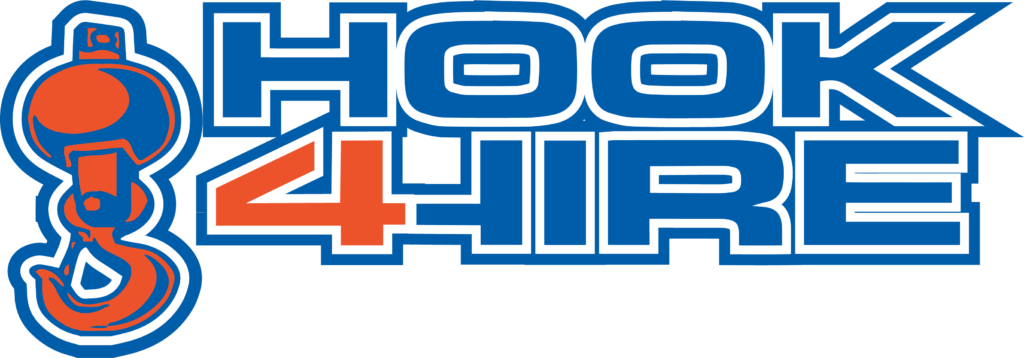Does your work require hoisting objects and hooking loads for assembly and disassembly? You will need a qualified rigger and quality rigging equipment to hook and unhook your loads.
This article will run you through everything you need to know about rigging equipment.
What Rigging Equipment Do You Need?
Rigging equipment is a broad category. Construction, engineering, and event staging all employ rigging equipment to pull, push, and raise heavy things.
Devices that are used to attach and distribute the weight of lifted objects onto moving machinery are known as rigging equipment.
The sort of rigging required will dictate the type of moving devices used. Some types of rigging equipment include:
- Jack or chain hoists for lifting
- Skates and dollies for pushing
- Chains, hooks, and tie-downs for pulling
- Cranes, forklifts, twin lifts, or risers for heavier equipment
For items that need to be secured onto equipment, you will need other rigging tools, such as:
- Wire rope slings
- Webbing slings
- Chain slings
- Metal mesh slings
- Spread beams
Commonly Used Rigging Materials
Because they are required to carry suspended loads from heavy equipment such as cranes and forklifts, slings are the most widely utilized rigging material.
Slings are made of various materials, including wire, chain, mesh, and synthetic materials. The most widely used sling material is wire rope.
Factors to Consider When Choosing a Sling
Employers and employees must use caution when selecting a sling for a rigging application. Each sling style has advantages and disadvantages, and not all sling types are ideal for every purpose. The features of the load, such as size, weight, temperature, sensitivity, form, and working circumstances, should be balanced with the properties of the sling when choosing a sling type.
Here are some common sling types:
- Wire slings with a wire rope core are highly robust and heat resistant.
- Chains are commonly employed for heavy lifting due to their strength. However, they are susceptible to shock damage.
- Mesh slings combine wire and chain slings, improving load balancing significantly.
- Synthetic slings are lightweight and best utilized when the load has to be protected from injury. Still, they are not suitable for working circumstances involving extreme heat, sharp objects, or acid exposure.
How Often Should You Get Your Lifting Chains Tested?
Lifting chains must be proof-tested before their initial use, using the manufacturer’s suggested proof-test load and compliance with the American Society for Testing and Maintenance.
Lifting chains must also be proof-tested afresh if repairs have been made. This is done to verify that chains satisfy the original strength criteria, damaged links are replaced, and adequate materials are used to replace links. The documentation should be preserved after each test.
How Often Should You Get Your Equipment Inspected?
The frequency of rigging equipment inspections may vary based on the type of rigging equipment used and its frequency of usage. Visual inspections performed in-house by qualified personnel should be performed regularly.
New rigging equipment should be examined as soon as it arrives from the manufacturer to confirm that it is the proper piece of equipment and that the rated capacity is sufficient for the weights you will be rigging.
Every day before use, rigging equipment should be examined for any faults, defects, or signs of wear. If the equipment is used for many applications or several times per day, it should be inspected before and after each shift change and between application changes.
At the very least, you must have your equipment evaluated by a trained professional every 12 months for periodic inspection. You should plan this routine inspection monthly to quarterly, depending on the frequency of use, nature of the lifts, the severity of conditions, and service life of the equipment.
Conclusion
When it comes to rigging, you need to ensure that you’re using high-quality hardware and material. That way, it will be safer for you and others working around the equipment.
In addition, you’ll need to ensure you’re keeping the equipment in good condition. When maintained properly and used appropriately, rigging equipment can help make your job easier and help keep you and your co-workers safe on the job.
Are you looking for rigging equipment rental in Owensboro? Hook4Hire handles industrial maintenance, steel erection, and a wide range of lifting equipment. Book a job today!
